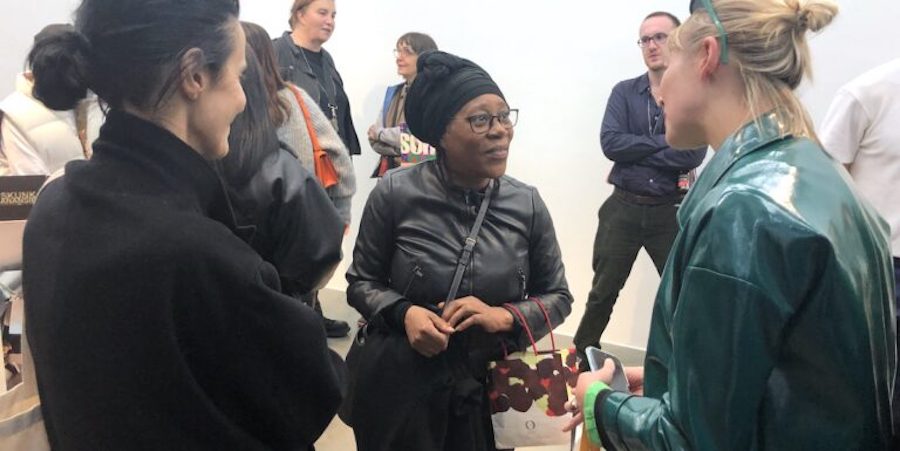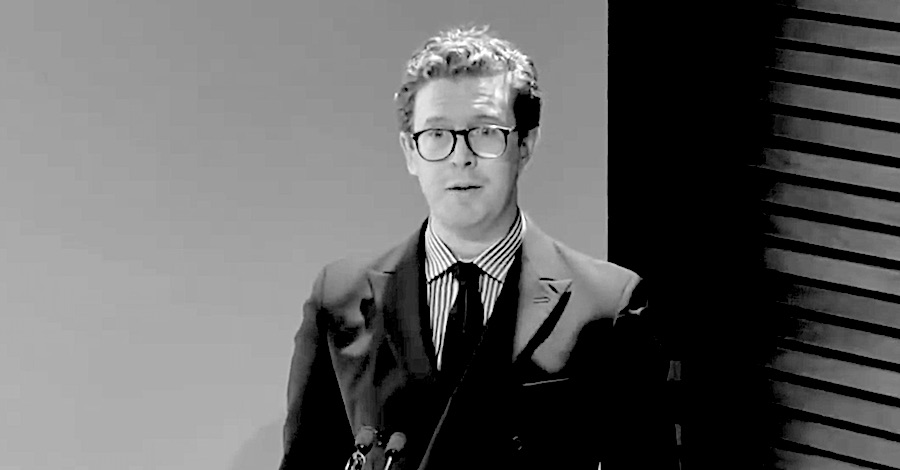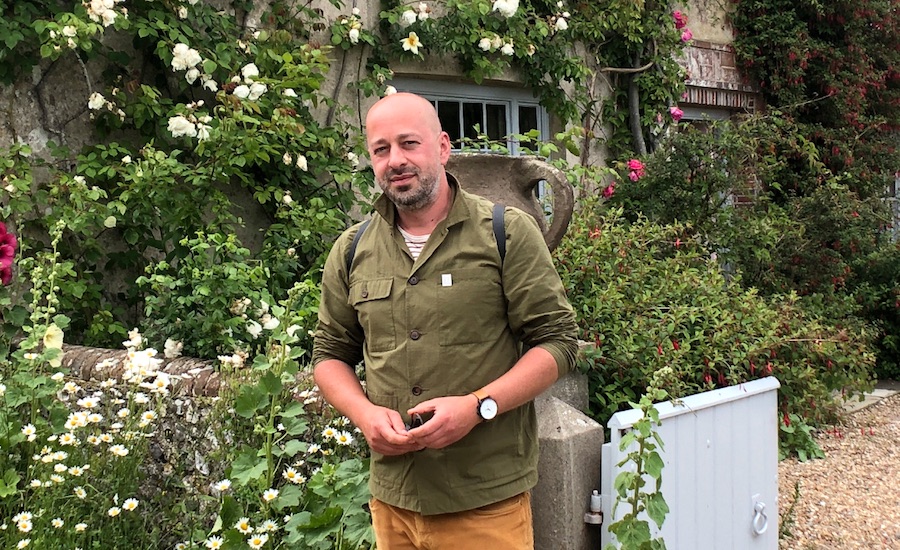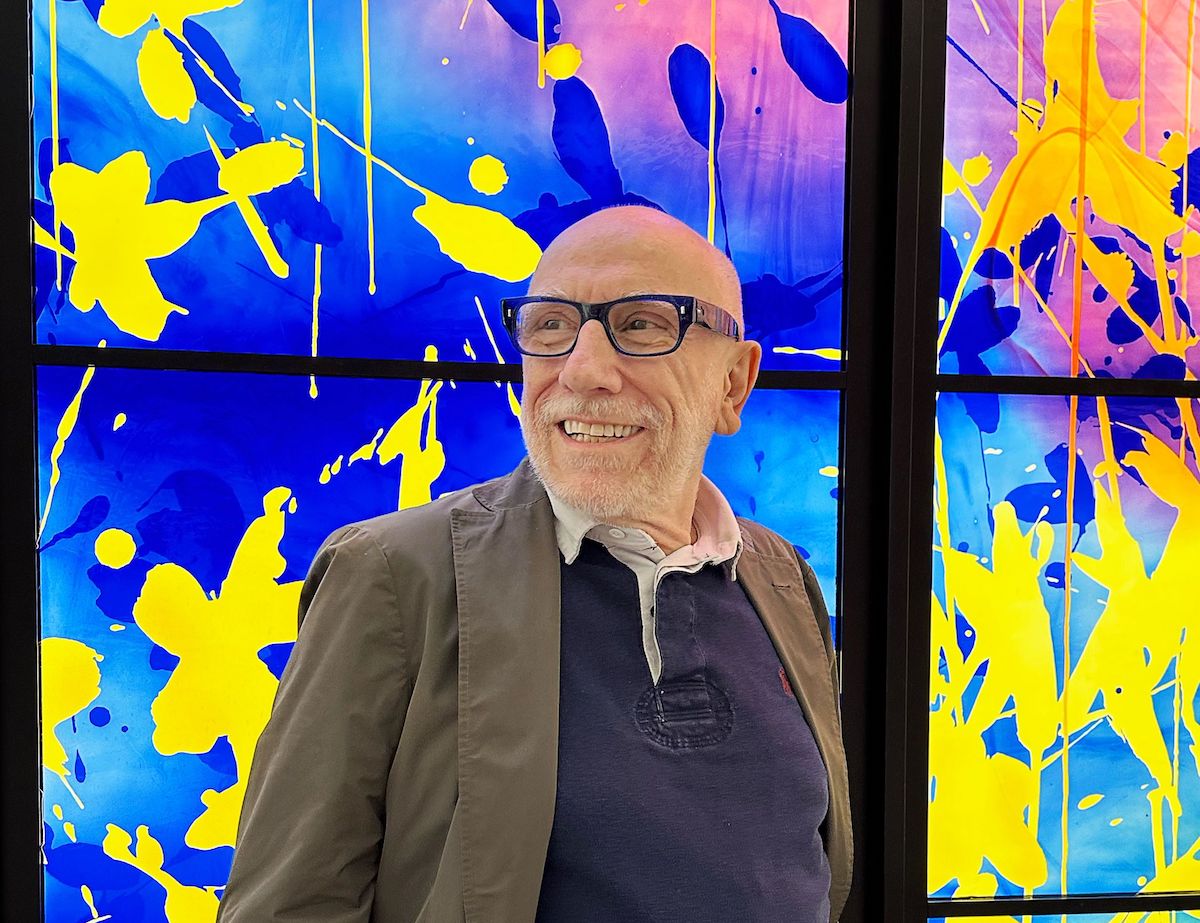The New Year Honours list unveiling is a compelling event that many in the arts industry eagerly await. This selection often centres on the entertainment sector figures, with actors and musicians typically stealing the media spotlight.
Honours, predominantly awarded by the monarch, rely on recommendations from the prime minister or outgoing leaders, with a notable focus on political figures. The New Year’s list is one of two annual publications, the other coinciding with the King’s official birthday in June. Additionally, departing prime ministers can compile a resignation honours list.
The broad spectrum of honours recipients includes renowned figures, government officials, and local heroes. While the honour bestows prestige and recognition, the article explores the detailed nomination process, ensuring a diverse representation.
The nomination process, open to everyone, involves a thorough vetting procedure conducted by the Honours and Appointments Secretariat within the Cabinet Office. Confidential matters, such as tax affairs, undergo stringent checks through agreements with relevant government departments, reinforcing the process’s integrity and transparency.
The Honours touches on the additional scrutiny faced by individuals set to receive peerages, mainly through the House of Lords Appointment Commission. While the commission lacks veto power, it can advise against specific names.
The article provides a comprehensive breakdown of honours categories, from the coveted knighthood to the distinguished Commander of the British Empire (CBE), Officer of the Order of the British Empire (OBE), Member of the Order of the British Empire (MBE), and British Empire Medal (BEM). Each category reflects a specific level of achievement or service.
The final sections outline the significance of other honours, such as Companions of Honour, the Royal Victorian Order, the Order of Merit, The Most Distinguished Order of St Michael and St George, The Most Honourable Order of the Bath, The Most Ancient and Most Noble Order of the Thistle, and The Most Noble Order of the Garter. Each order comes with unique privileges and requirements, adding depth to the rich tapestry of the British honours system.
This year’s Visual Art Industry Honours:

Sonya Boyce
Sonia Dawn Boyce, OBE RA (born 1962), is a British Afro-Caribbean artist, living and working in London. She is a Black Art and Design Professor at the University of the Arts London. Boyce’s research interests explore art as a social practice and the critical and contextual debates arising from this study area. With an emphasis on collaborative work, Boyce has been working closely with other artists since 1990, often involving improvisation and spontaneous performative actions on the part of her collaborators. Boyce’s work involves a variety of media, such as drawing, print, photography, video, and sound. Her art explores the interstices between sound and memory, the dynamics of space, and incorporating the spectator. To date, Boyce has taught Fine Art studio practice for over thirty years in several art colleges across the UK. She was awarded the Golden Lion at the 2022 Venice Biennale.
Brian Clarke ( Top Photo), who is widely regarded to be the most influential artist working in stained glass today, has been awarded a Knighthood in the New Year Honours, the first stained glass artist to receive the award for the form which has played such an essential role in the development of British art.

Dr Nicholas Cullinan received an OBE and is the director of the newly renovated National Portrait Gallery. The gallery reopened in June 2023 after the biggest redevelopment project that the building has seen since 1896. The refurbishment programme has seen a comprehensive redisplay of the Collection in beautifully refurbished galleries, including more than 50 new acquisitions and the restoration of the Grade I listed building.

Nathaniel Timothy HEPBURN received an MBE. He is the Director and Chief Executive of Charleston. For services to the Arts
Other Honours:
OBE Marc Howard STEENE. Founder and Director, Outside In Art. For services to Art
OBE. Catherine Anne GOODMAN. Artist and Educator. For services to Art
OBE. Charles Piers MACKESY. Artist, Illustrator and Author. For services to Art and Literature
MBE Valda Jackson. Artist. For services to Art
MBE Neil Jonathan GREENWOOD. Executive Director, Finance and Corporate Services, Natural History Museum. For services to Museums
OBE Nicholas John MERRIMAN. Chief Executive, The Horniman Museum and Gardens. For services to the Arts and to Heritage
CBE
The Commander of the Order of the British Empire (CBE) represents an esteemed accolade just below knighthood. It is conferred upon individuals who have played a prominent role at the national level, slightly below the stature of a knight or have held a leading position at the national level. Those who have made distinguished or innovative contributions to any field may also be recipients of the CBE. As one of the three Orders of the British Empire established during the First World War, alongside OBE and MBE, the CBE holds the highest rank among these three honours.
OBE
The acronym OBE stands for Officer of the Order of the British Empire. It is granted to individuals who have played a significant role in their respective fields, garnering national recognition or acclaim within their specialized subjects. Notable figures like cricketer Ben Stokes, Queen drummer Roger Taylor, journalist Anne Diamond, and Snow Patrol frontman Gary Lightbody have all been honoured with OBEs.
MBE
The MBE, or Member of the Order of the British Empire, constitutes the third and final honour in this category. Described on the government website as an accolade for “outstanding achievement or service to the community,” it recognizes contributions with a long-term, significant impact that serves as an exemplary model for others.
British Empire Medal
The British Empire Medal, or BEM, is designated for individuals actively involved in their local communities. This includes those engaged in prolonged charity or voluntary work and those undertaking “innovative work of a relatively short duration (three to four years) that has made a significant difference.” Although initially discontinued in 1992, the BEM was reinstated 20 years later by David Cameron, with approximately 300 people receiving the honour annually.
Recipients of any of the honours above are invited to an investiture ceremony, traditionally held at Buckingham Palace or Windsor Castle. A senior member of the Royal Family formally appoints them during the ceremony. While recipients can start using their title as soon as it is publicly announced, the investiture ceremony officially recognises their distinguished achievements.

